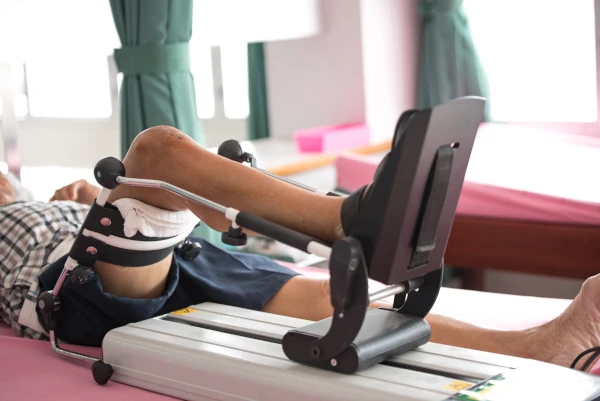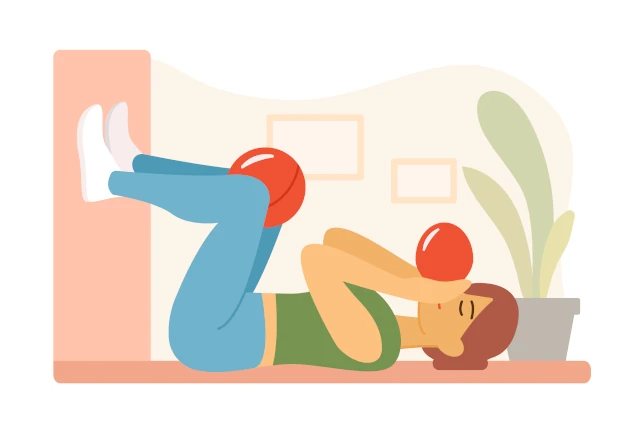
Sciatica Pain Relief: Best Physiotherapy Treatments at Home
- Dr. Deepika Rai (MPT)
Connect with our expert physiotherapist for personalized physiotherapy advice.
Sciatica pain can significantly impact your daily life, causing discomfort that radiates from the lower back down to the legs. While sciatica often resolves with proper care, physiotherapy treatments at home can accelerate recovery and provide lasting relief. In this blog, we’ll explore the best physiotherapy treatments you can perform in the comfort of your home to alleviate sciatica pain.
What is Sciatica?
Sciatica refers to pain that affects the sciatic nerve—the longest nerve in the body—which runs from the lower back through the hips, buttocks, and down each leg. This pain is usually caused by a herniated disc, bone spur, or spinal stenosis compressing the nerve. Learn more from the National Institute of Neurological Disorders and Stroke (NINDS).
Symptoms of Sciatica
- Sharp, shooting pain radiating from the lower back to the leg
- Numbness or tingling in the leg or foot
- Weakness in the affected leg
- Worsening pain when sitting or standing for prolonged periods
The Mayo Clinic provides a comprehensive guide on sciatica symptoms and causes.
Best Physiotherapy Treatments for Sciatica at Home
- Stretching Exercises:
Piriformis and hamstring stretches can reduce nerve pressure and improve flexibility.
- Strengthening Exercises:
Bridges and Bird-Dog exercises strengthen core and back muscles, preventing future sciatic nerve compression.
- Postural Corrections:
Maintaining a neutral spine helps reduce strain on the lower back.
- Heat and Cold Therapy:
Use cold packs to reduce inflammation and heating pads to relax tight muscles.
- Foam Rolling:
Foam rolling the lower back, hips, and thighs helps release tightness and reduce nerve compression.
- Nerve Gliding Exercises:
Promote mobility and reduce nerve irritation with controlled leg and foot movements.
When to Consult a Professional
While home physiotherapy can be effective, consult a healthcare professional if the pain persists for more than a few weeks, worsens, or is accompanied by severe symptoms like loss of bowel/bladder control or significant weakness.
Preventing Sciatica Pain
- Engage in regular physical activity.
- Practice proper lifting techniques.
- Maintain a healthy weight to reduce spinal stress.
- Ensure your workstation is ergonomically friendly.
Learn more about Sciatica Preventionfrom the NHS.
Conclusion
Sciatica pain can be debilitating, but with the right physiotherapy treatments at home, you can manage symptoms effectively and prevent recurrence. Incorporate stretching, strengthening, and posture correction into your daily routine for optimal results. If your symptoms persist, don’t hesitate to seek professional guidance.Take the first step towards a pain-free life today!
Connect with our expert physiotherapist for personalized physiotherapy advice.



